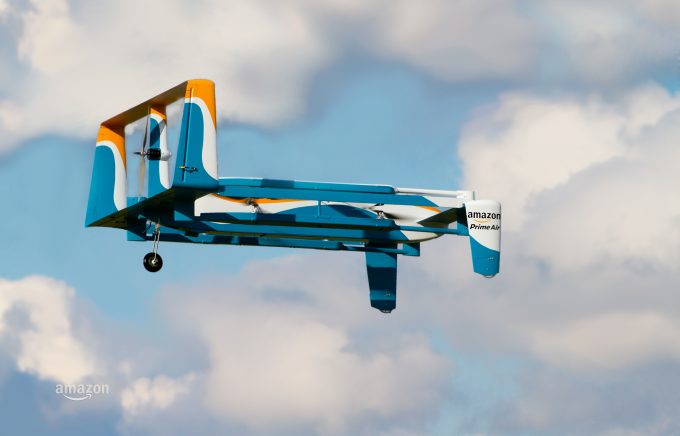Maersk developing the tech to create the 'Amazon of logistics'
Maersk is looking to build an “Amazon for logistics” with its integrator strategy, supported by ...

The UK government has agreed to let Amazon test its new delivery drone technology in trials that have been banned in the US.
Critics in the UK have warned that the introduction of drone technology, without proper understanding of its implications by operators and shippers, could cause a supply chain “nightmare”.
The Civil Aviation Authority (CAA) has given Amazon permission for its Prime Air research and development programme to investigate three key areas of drone technology that will be crucial for their widespread adoption: ...
Maersk u-turn as port congestion increases across Northern Europe
Apple logistics chief Gal Dayan quits to join forwarding group
Maersk Air Cargo sees volumes fall as it aims for 'margin in favour of revenue'
Transpac rates hold firm as capacity is diverted to Asia-Europe lanes
Houthis tell Trump they will end attacks on Red Sea shipping
Airlines slash freighter capacity post-de minimis, but 'the worst is yet to come'
MSC revamps east-west network as alliance strategies on blanking vary
India-Pakistan 'tit-for-tat' cargo ban sparks sudden supply chain shocks

Comment on this article